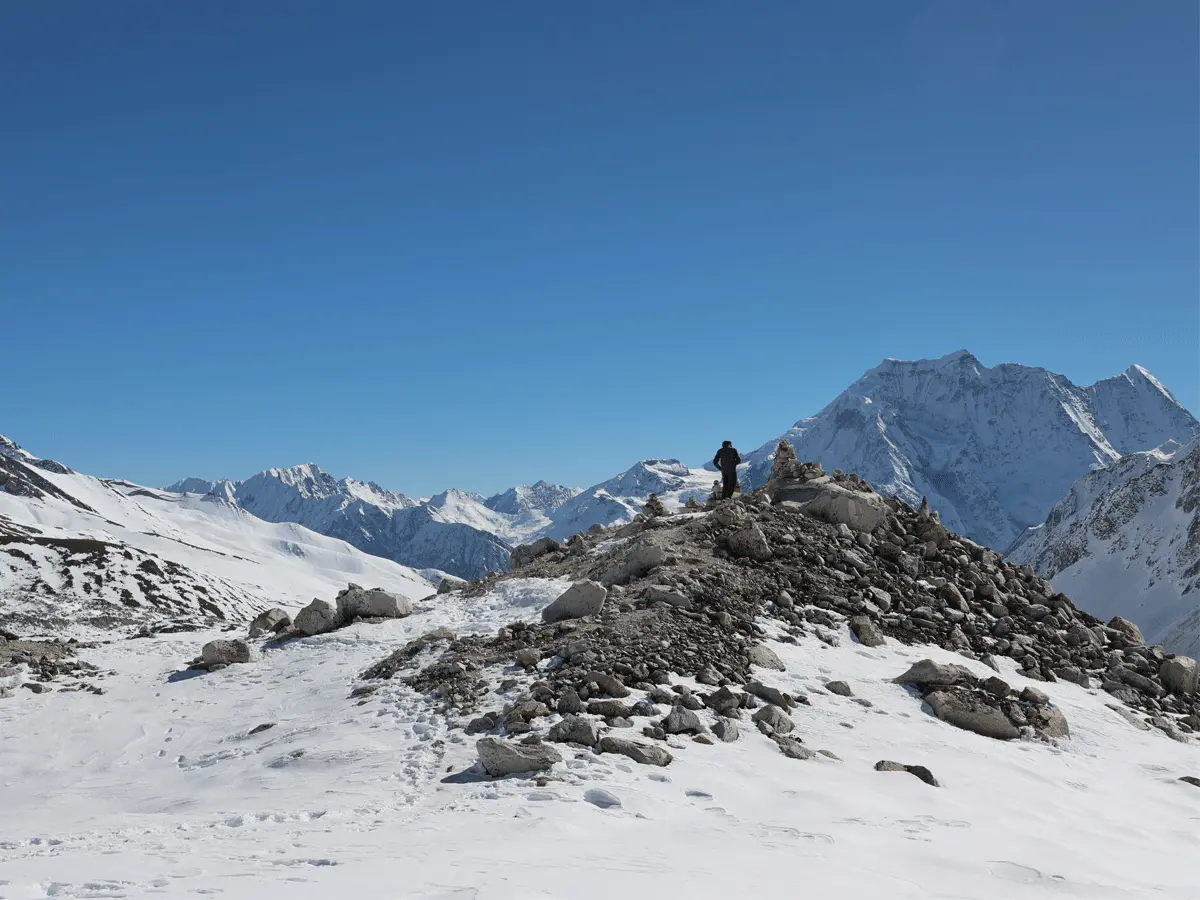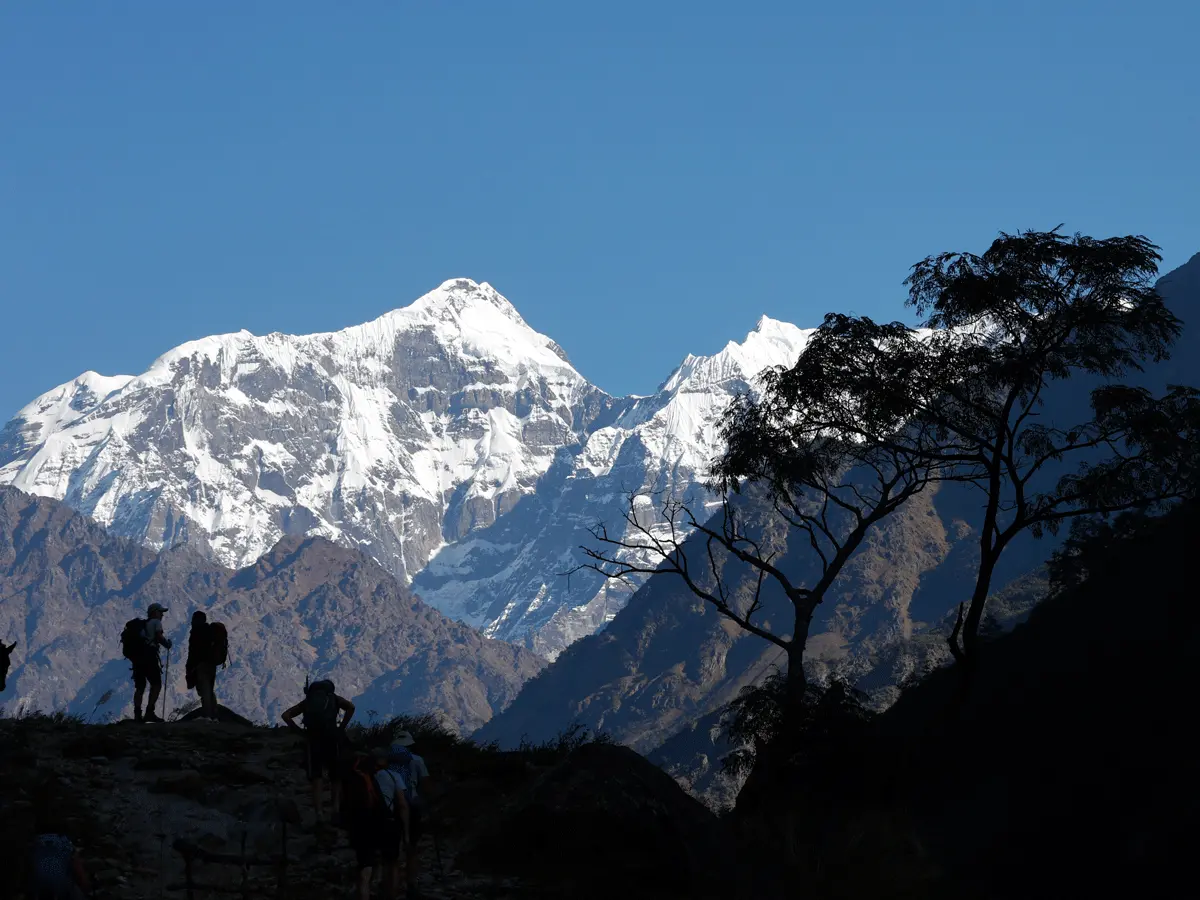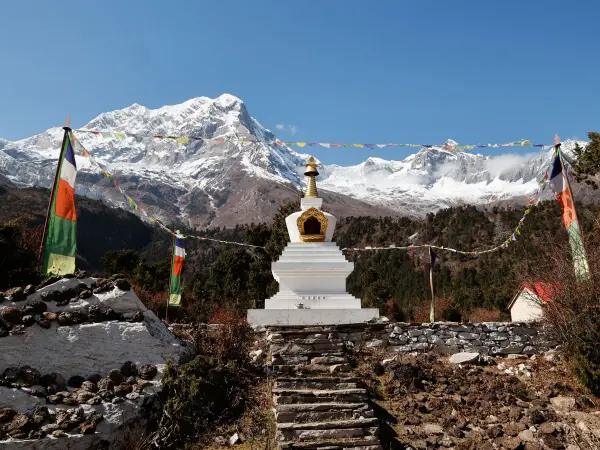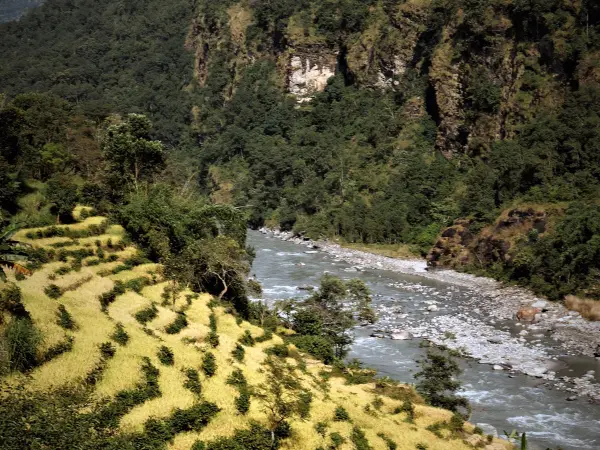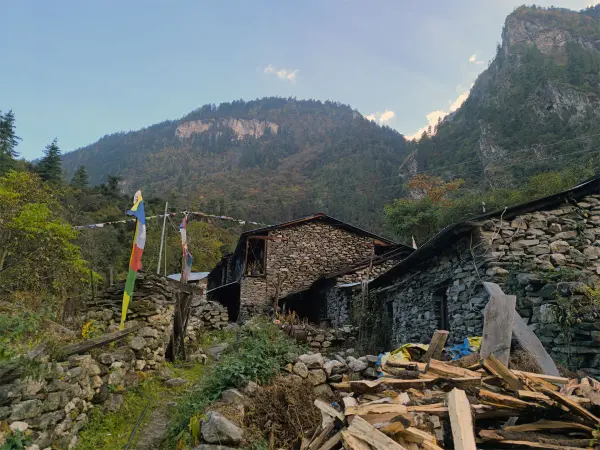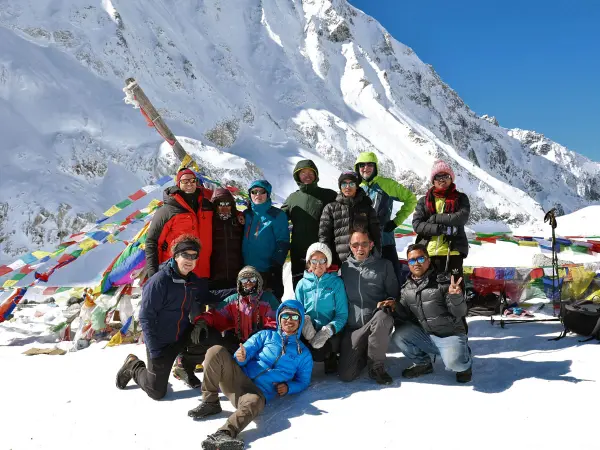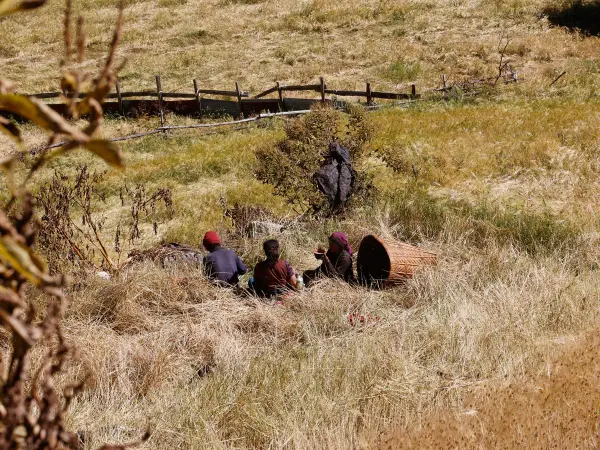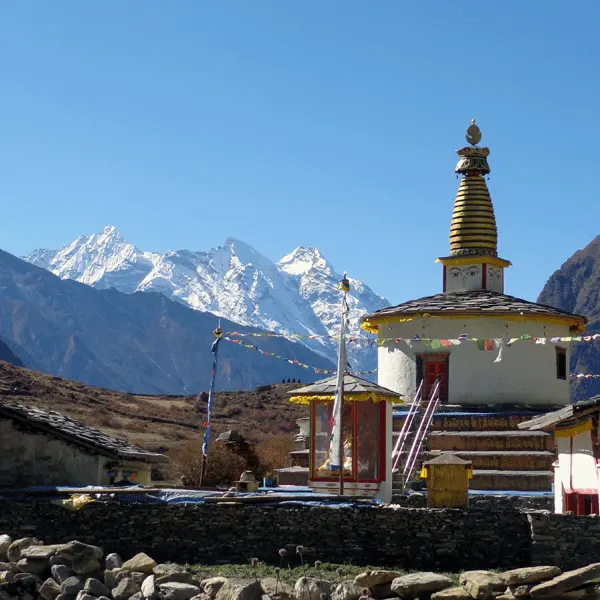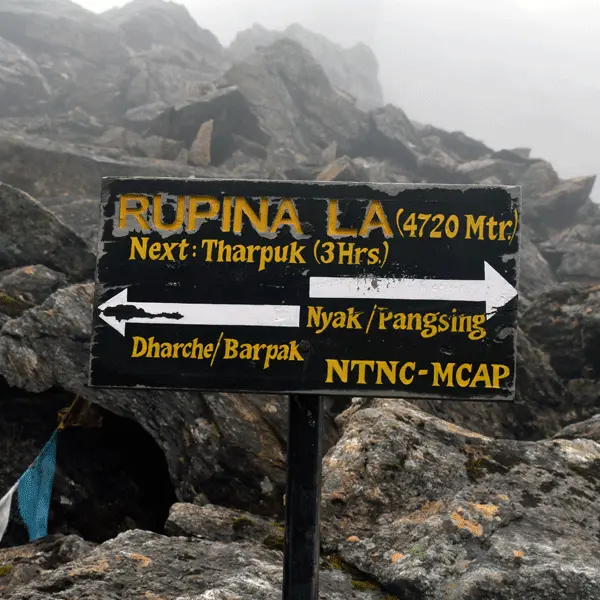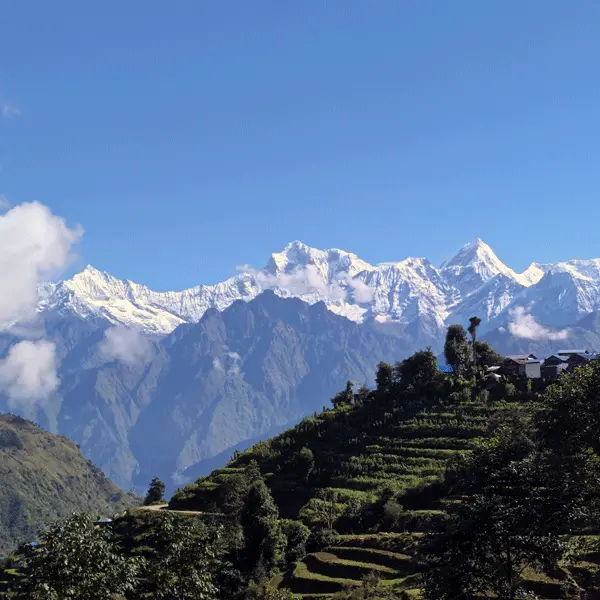The Manaslu Circuit Trek is a complete trekking experience, offering a diverse range of landscapes, cultures, rich wildlife, and diverse vegetation. Opened to foreigners only in 1991, the Manaslu Circuit is quickly becoming a trekker's favorite, with many considering it an alternative to the classic Annapurna Circuit Trek.
Manaslu Circuit Trek - From low valleys to the high mountains
The trek begins in the lowlands and ends in the high mountainous regions, reaching 5000 meters in altitude. You will walk through beautiful villages, terraced fields, splendid mixed forests, lakes, gorges, high passes, and thrilling suspension bridges.
The first 4 to 5 days follow the ancient salt trading route along the Budhigandaki River. After nearly a week of walking, it concludes in the Annapurna region, traversing the Larke La (5106 M). During the trek, you can see wild animals like the Himalayan Tahr, Himalayan Langur, Himalayan Marmot, Blue Sheep, etc. You will often pass by caravans of Yaks and mules as well.
The trek offers superb views of Himalayan peaks like the Manaslu, Annapurna, Himlung, Kangguru, Nemjung, Cheo Himal, Lamjung Himal, Ganesh Himal, Boudha Himal, Shringi Himal, and many more. Each day, you will be greeted with impressive mountain scenery, especially after reaching the higher villages. The serene views from places like Pungyen Gompa, Manaslu Base Camp, Lho, Shyala, Samagaun, Dharmasala, Bhimtang, Larke La, etc., cannot be expressed in words but only experienced.
An immersive and intimate cultural experience of the Manaslu
One of the beautiful aspects of the Manaslu Circuit Trek is the varied cultural experiences. The Gurung community inhabits the lower part of the Manalsu - the people around here practice Bon, which includes Shamanism and Animism beliefs. The upper part is inhabited by the Nubri people, who are close to Tibetan culture and practice Buddhism. Stupas, ancient monasteries, mani walls, prayer flags, and chortens can be seen in this region.
During the trek, one can experience the well-preserved culture and traditions. Each day, you will have the chance to interact with the locals and be a part of their lifestyle.


